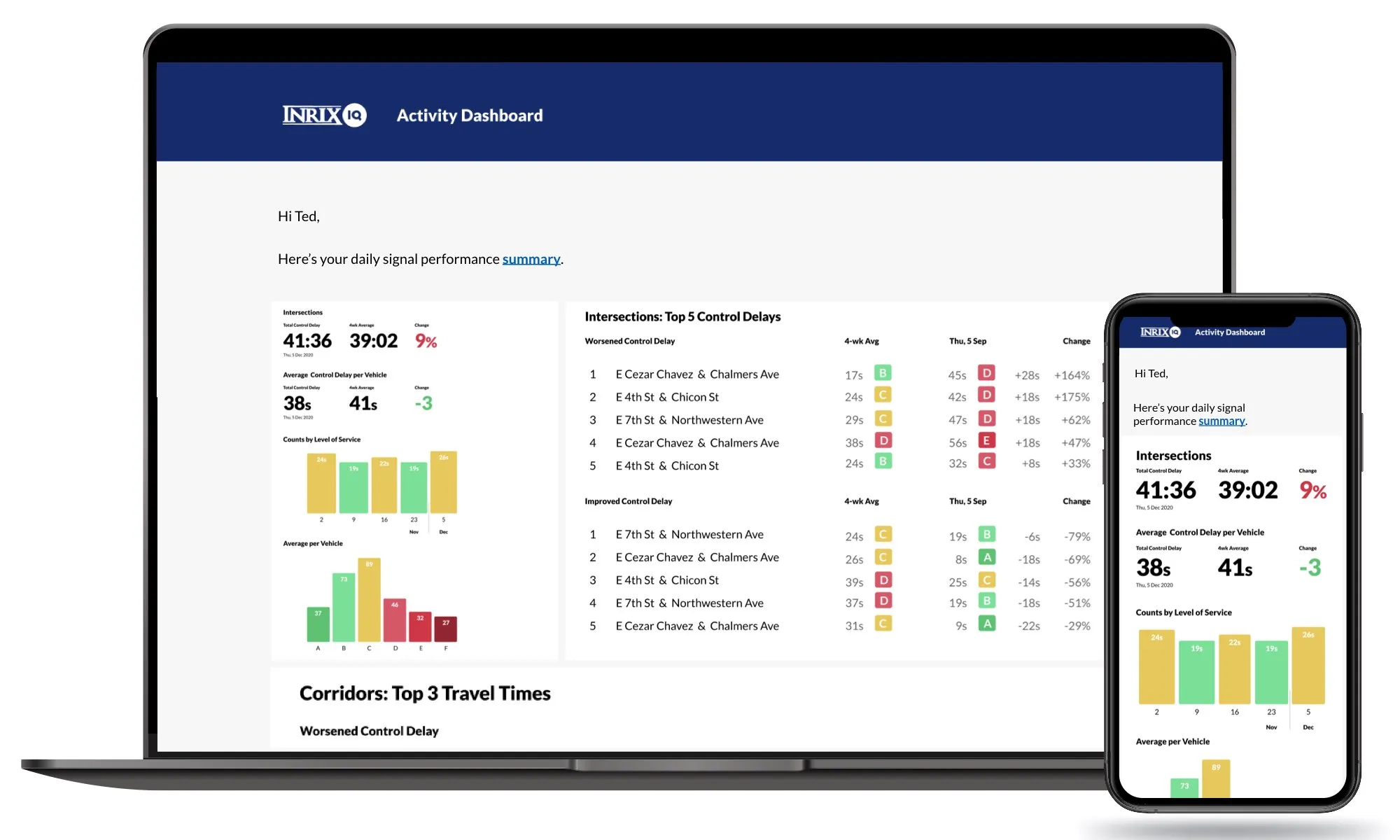The release of V1.17 of Peek Traffic’s IQ Central provides users with several new features. Intended for the traffic operations centre, IQ Central is Peek's central traffic equipment management software suite and enables traffic personnel to configure and monitor hundreds of traffic control devices from a central location. The new features include greenband analysis, allowing users to optimise offset programming for a coordinated corridor using an interactive time-space diagram, while the split monitor fun
May 10, 2013
Read time: 2 mins
The release of V1.17 of 101 Peek Traffic’s IQ Central provides users with several new features. Intended for the traffic operations centre, IQ Central is Peek's central traffic equipment management software suite and enables traffic personnel to configure and monitor hundreds of traffic control devices from a central location.
The new features include greenband analysis, allowing users to optimise offset programming for a coordinated corridor using an interactive time-space diagram, while the split monitor function enables optimisation of split programming for an intersection by recording actual phase utilisation and termination data and comparing to the programmed timings. Use the split monitor utility to analyse the programmed versus actual split times run by an actuated intersection running coordination.
In addition, volume and occupancy reports have been updated and expanded, enhanced support for the Voyage controller firmware has been included, as well as support for converting existing IQ Central databases to SQL server for large database handling, and the IQ network configuration tool makes it easier to designate standard and non-standard locations for the IQ Central server, utility application files, and database files adding flexibility during installation.
The new features include greenband analysis, allowing users to optimise offset programming for a coordinated corridor using an interactive time-space diagram, while the split monitor function enables optimisation of split programming for an intersection by recording actual phase utilisation and termination data and comparing to the programmed timings. Use the split monitor utility to analyse the programmed versus actual split times run by an actuated intersection running coordination.
In addition, volume and occupancy reports have been updated and expanded, enhanced support for the Voyage controller firmware has been included, as well as support for converting existing IQ Central databases to SQL server for large database handling, and the IQ network configuration tool makes it easier to designate standard and non-standard locations for the IQ Central server, utility application files, and database files adding flexibility during installation.









